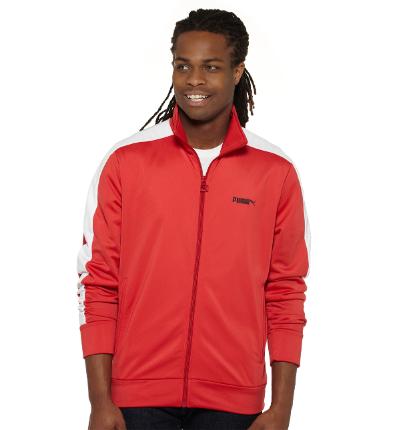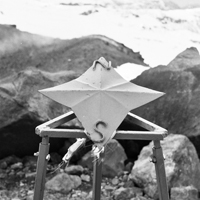
More brands are moving in the direction of creating sustainable products, as they should be. Not only is it important for the environment and to reduce effects on global warming, among many other things, but today’s there’s an entirely new generation that looks to the “green history” of a product before purchasing.
In our Sustainability Youth Culture Study, it’s clear that 13-25-year-olds have far greater awareness of environmental and humanitarian issues. They are a generation that grew up with recycling. There’s also a growing percentage that are spending based on influences of sustainability, and Puma’s latest endeavor with their partnership with Cradle to Cradle speaks to this new demographic that’s into sneaker culture, streetwear, and the environment.
Inspired by the design philosophy of Cradle to Cradle, Puma launched this month its InCycle collection of apparel, sneakers and accessories that are completely biodegradable or recyclable. Designers at Puma used the product certification process to re-evaluate their product ingredients in items like sports jackets and sneakers in things such as pigments, dye stocks, and the materials that make up the various items.
The collection has received “basic” certification from the Cradle to Cradle Institute which is no small feat and the first in the sneaker industry.
Check-out the video of how Puma’s InCycle works.

What’s also interesting about InCycle is how it’s bringing back classics such as the T7 Track Jacket, a staple for the brand since 1968, and making it with 100% recycled polyester, and The Basket sneak with what’s called “PINATbio® tooling” and organic canvas upper which are biodegradable. The construction also includes hemp curd fibers on the tongue and heel.
The Puma InCycle concept also engages customers in another way with their bright red Bring Back boxes set-up in stores around the globe to encourage people to bring back their used sneaks and apparel so it can go back into the process of making recycled polyester pellets, or in the case of the sneakers, biodegraded by various micro-organisms which produce fertilizer to grow fields of organic cotton. While at the beginning the boxes may be more ornamental that useful, it does remind customers that Puma is on a mission to create sustainable products and cares about the earth. The connection also reminds people to reconsider the types of products they are buying as a whole, and re-engineers the concept of spending towards making a difference, i.e. Eco Warriors.
In our Sustainability Youth Culture Study, what was clear that the patterns of a new generation coming into their own are influenced in their spending patterns by a variety of factors including sustainability issues and eco-friendly and fair trade manufacturing, which is changing the bottom line of how brands need to do business. Being sustainable does not necessarily equate to a brand having to spend more, but actually, can mean just the opposite, plus gain credibility and loyal customers due to such a strategic program that takes into account how a new generation thinks. (Contact us for more information about our Sustainability and Youth Culture Study and consulting regarding such strategies.)
In addition, the “Cradle to Cradle” author William McDonough has a follow-up book coming out April 16 called “The Upcycle: Beyond Sustainability–Designing for Abundance” with co-author Michael Braungart and a Forward by President Bill Clinton.


